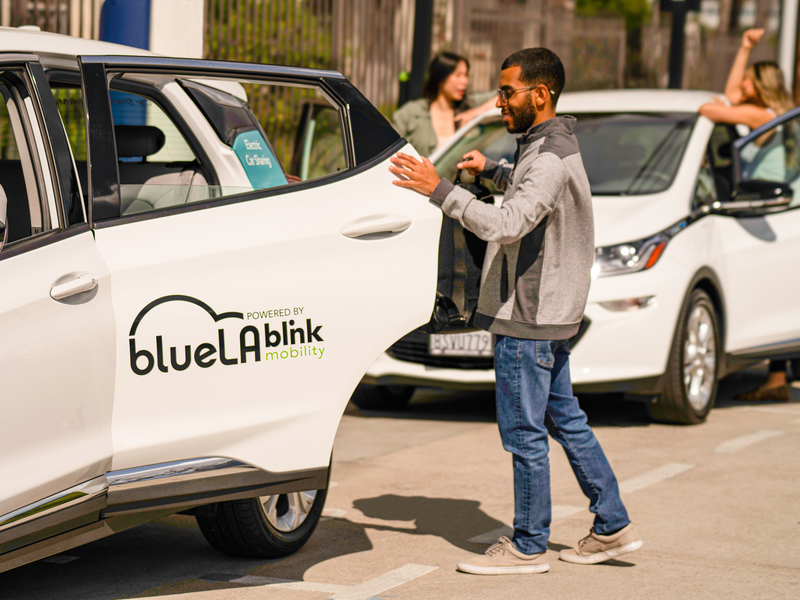The adoption of electric vehicles (EVs) is gaining momentum as concerns about climate change, air quality, and energy independence continue to grow. While government policies and automaker innovations play a significant role in promoting EVs, community initiatives have also emerged as a powerful force in driving electric car adoption. In this article, we will explore the impact of community-led efforts on the growth of EV adoption, highlighting successful programs and discussing the future of community-driven electric vehicle use.
Impact of Community Initiatives on EV Adoption
Local projects and grassroots movements contribute significantly to the wider adoption of electric vehicles. By raising awareness, providing resources, and fostering collaboration, these initiatives help to break down barriers and encourage more people to embrace EVs.
Grassroots Movements and Their Influence
Grassroots movements are community-driven efforts that can have a significant impact on EV adoption. These groups often organize events, share information, and advocate for policy changes to support electric vehicles. For example, Plug In America, a non-profit organization, has played a crucial role in promoting EVs through campaigns, educational resources, and events like National Drive Electric Week.
Community-Sponsored EV Educational Programs
Education is key to increasing EV adoption rates. Community-led awareness programs aim to dispel myths and misconceptions about electric vehicles while highlighting their benefits. In Los Angeles, the Adopt-A-Charger program has successfully installed EV charging stations in public spaces while providing educational materials to help people understand the advantages of driving an electric car.
Spotlight on Community EV Programs
Several notable local initiatives are promoting the use of electric vehicles in various ways, from car-sharing programs to public charging station installations.
Car Sharing Programs
Electric vehicle car-sharing programs provide access to EVs for those who may not be able to afford or have space for their own car. These programs often focus on serving underserved neighborhoods, helping to reduce transportation inequities. For example, Blink Mobility is an electric vehicle-sharing program in Los Angeles that offers affordable rates for low-income residents and has installed charging stations in disadvantaged communities.
Public Charging Station Installations
Accessible charging infrastructure is essential for widespread EV adoption. Communities have come together to install public charging stations in various locations, such as parks, schools, and libraries. These efforts help to increase charging access and encourage more people to consider electric vehicles.
Community Partnership Models
Successful partnership models between local businesses, governments, and community groups can significantly promote EV adoption.
Partnerships with Local Businesses
Local businesses can support EV adoption by sponsoring charging stations, offering EV rentals, or providing incentives for employees to drive electric cars. For example, some businesses in Los Angeles have partnered with the Adopt-A-Charger program to install charging stations on their properties.
Collaboration with Local Governments
Local government support is crucial for driving EV adoption. Collaborations between community groups and local governments can lead to policy changes, infrastructure improvements, and financial incentives that encourage more people to choose electric vehicles.
The Role of Community Initiatives in Addressing Challenges
Community initiatives can help overcome barriers to EV adoption by addressing issues such as range anxiety and financial accessibility.
Overcoming Range Anxiety
Range anxiety, or the fear of running out of battery power before reaching a charging station, is a common concern among potential EV buyers. Community-led efforts to educate about real-world EV range and charging strategies can help alleviate these concerns and encourage more people to consider electric cars.
Financial Accessibility
Community programs can address the affordability of EVs by offering group buying programs, subsidies, and other financial incentives. These initiatives can help make electric vehicles more accessible to different income groups, further driving adoption rates.
Future of Community-Led EV Adoption
The future of community initiatives in promoting EV adoption looks promising, with the emergence of new projects and the potential for policy influence.
Emergence of New Community Initiatives
Innovative local projects continue to emerge, promoting electric vehicle use in various ways. These initiatives can further accelerate the adoption of EVs as they gain traction and support.
Policy Influence
Successful community initiatives can inspire changes in local and national EV policies. Real-world examples, such as the impact of Adopt-A-Charger in Los Angeles, demonstrate how local efforts can lead to broader policy changes that support electric vehicle adoption.
Community initiatives have proven to be a powerful force in driving electric car adoption. These grassroots movements, educational programs, and collaborative efforts are breaking down barriers and encouraging more people to embrace electric vehicles. As new initiatives emerge and policy changes are inspired by local successes, the future of EV adoption driven by local communities looks brighter than ever.
Recommend for You
Stay Informed
Join our mailing list for hot news and company updates.







